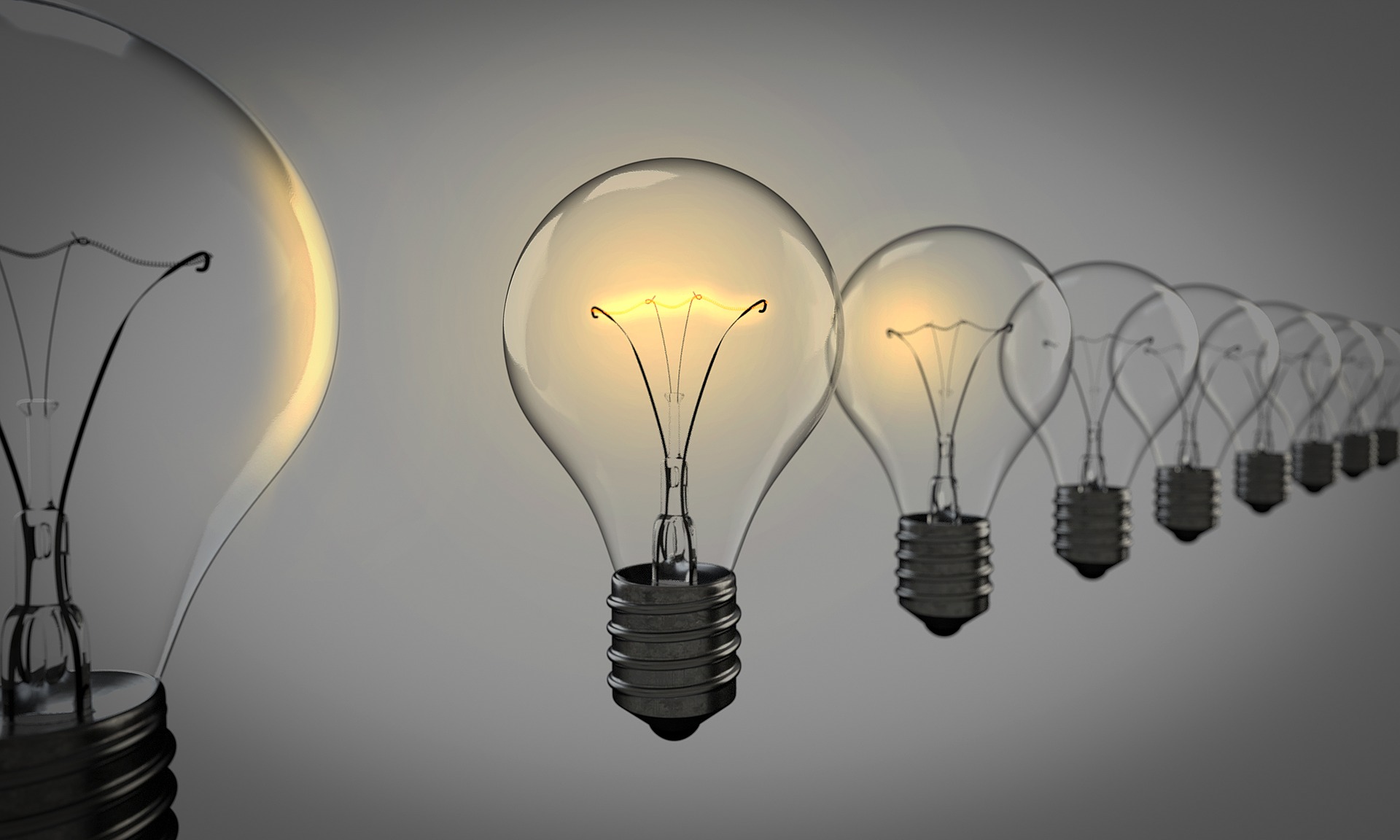In the Sarasota area, we enjoy large amounts of natural light streaming in through our windows year round. But even with all this amazing sunshine, we still have to light our homes during rainstorms and of course, after sundown. Choosing the best lighting for your home can enhance the atmosphere, save money on your utility bills, and even increase your personal productivity! Choosing the best lighting means learning about the different types of available light bulbs, and how they are best utilized in different types of spaces.
A bulb’s brightness and color can significantly affect the atmosphere in the room, as well as your mood. Therefore homeowners should not buy the same type of light bulb for every room in the house.
- Brightness is measured in lumens and watts. Standard incandescent bulbs typically range from 40 watt bulbs, which produce 450 lumens, to 100 watt bulbs, which produce 1,600 lumens. Some rooms, such as kitchens and offices, require brighter lights; while hallways and closets can suffice with lower wattage.
- The “color temperature” of a bulb is measured in Kelvins. Lower temperatures will result in warmer tones. For instance, a light color measurement of 2700K to 3000K is comparable to the warm yellow or white tones of incandescent light bulbs, while a 4000K bulb emits a pure, white light. 5000 kelvin bulbs give off a cool light which best simulates natural daylight.
- The color rendering index (CRI) describes an object’s color as it appears under the light of a specific light bulb as compared to natural light. The higher the numerical value, the truer the representation of color. Incandescent bulbs generally have a CRI value of 100, which is the highest value on the index. Florescent lighting can range anywhere between 50 and 98, and LEDs range between 80 and 98. CRI value is important when true representation of color is important, such as over a bathroom vanity. Expert Tip: Choose light bulbs with a minimum CRI of 80, except for specialty lighting.
Light Bulb Types
There are three main types of bulbs: halogen incandescent bulbs, compact florescent bulbs (CFLs) and LEDs. While the quality of lighting is fairly standard these days, they can vary greatly in affordability and energy efficiency.
- Incandescent Bulbs: Incandescent lighting has been the go-to choice for most of the 20th century. They are available in a wide range of shapes and colors. They give off a warm, ambient light which is complimentary to natural skin tones. They are the least expensive option, but also the least efficient, using much of the energy they consume to generate heat. That is why these bulbs can be hot to the touch.
- Compact florescent light bulbs (CFLs) work just like the fluorescent tubes in commercial and industrial lighting, but in a compact form. Energy Star-rated CFLs use approximately one-third the energy of incandescent bulbs but they last up to 8-10 times longer. CFLs lost a lot of their lifespan, however, when placed in glass or globe fixtures, or if they are switched off and on frequently. CFLs are known to emit harsh light, but newer bulbs are available in cool or warm (white to yellow) tones. Potential problems include incompatibility with traditional dimmer switches, and small amounts of mercury require special methods of disposal.
- Light emitting diodes (LED bulbs) are the most recent light bulbs on the market. They are the most expensive, as well as the most energy efficient. An LED bulb gives off very little heat if any, and uses approximately 7 watts of energy to produce the same quality light as a standard 60 watt incandescent bulb. Their lifespan is six times longer than CFLs, an an incredible 30 times longer than traditional bulbs. A drawback to the LED is that light is directional, not diffused, but newer bulbs are addressing this issue.
Light Bulbs for Each Room
Kitchens: Bright overhead LED lights
Bathrooms: Choose a bulb with a high CRI. Avoid CFLs, which burn out quickly with frequently switching on and off.
Living Areas: Opt for bulbs with color temperatures of around 2,000K to 3,000K for warm, soft lighting. Add desk lamps, pendant lights or a chandelier as needed.
Bedrooms: Avoid bulbs with cool tones or blue light, as it can interfere with sleep patterns.
Home Offices: Bright general lighting and targeted task lighting is great for offices. Use cool tones with a temperature of 4000K or higher to stay alert and focused.For any electrical installations or maintenance in your home, you can trust Sarasota-based Promise Electric. No matter your electrical need, we are the call to make.



